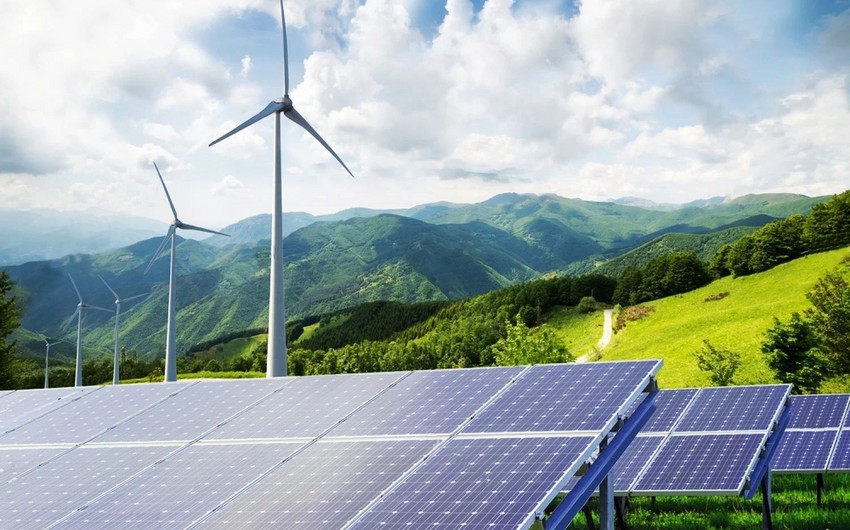In the shadow of geopolitical storms, a new alliance is emerging that could transform Europe's energy landscape. Azerbaijan, Kazakhstan and Uzbekistan, countries rich in natural resources and ambitious plans, are joining forces to export green energy to Europe.
Today, at a meeting in Tashkent, the ministers of economy and energy of these countries discussed the prospects for laying a main corridor through the territory of Azerbaijan, which will become a bridge through which "clean" electricity from solar and wind power plants in Central Asia will flow to homes and businesses in Europe.
This project not only diversifies Europe's energy sources, but also opens up new opportunities for economic cooperation between participating countries. The Memorandum of Cooperation signed today to interconnect the energy systems of Azerbaijan, Kazakhstan and Uzbekistan marks an important step towards creating an integrated regional network that can improve energy efficiency and stimulate the growth of the green economy.
Azerbaijan, with its rich oil and gas reserves, already plays a key role in ensuring Europe's energy security. But the country also has enormous potential for the development of renewable energy sources. Kazakhstan, a leader in uranium mining, is also aiming to become a green energy hub, using its vast steppes to build solar and wind farms. Uzbekistan, with its growing economy and ambitious development plans, sees green energy as the key to a sustainable future.
The Caspian Sea has a great potential for energy production from wind, it amounts to about 157 GW, and this is a huge volume that is in demand in Azerbaijan, but greatly exceeds its needs.
As for expectations, Azerbaijan plans to increase the share of renewable energy sources (RES) in the country's energy balance to 24% by 2026, and to 30% by 2028. The economic potential of the country's renewable energy sources is 27 GW, including 3,000 MW of wind power and 23,000 MW of solar power.
Kazakhstan plans to increase the share of renewable energy in total electricity production to 6% in 2025, to 10% by 2030, and by 2050, renewable energy sources should account for at least half of total energy consumption. The wind potential of Kazakhstan is more than 1.820 trillion kWh per year, and solar energy reaches 1 trillion kWh.
Uzbekistan's government aims to increase the share of renewable energy sources in the total electricity production to 25% by 2030. The potential of wind energy in the country is 520 GW, and the potential of solar energy reaches 2.058 trillion kW.
Given this potential, together these countries can become the engine of Europe's energy transition, providing the continent with clean, reliable and affordable energy. Uzbekistan, Kazakhstan and Azerbaijan have teamed up to build another "green energy corridor", where "green hydrogen" is one of the important components.
The project to export green energy from Central Asia to Europe is not just a story about oil and gas. This is a story about collaboration, innovation and defining the future.


 https://static.report.az/photo/6a133515-10c1-38d9-bd13-0714a4deef17.jpg
https://static.report.az/photo/6a133515-10c1-38d9-bd13-0714a4deef17.jpg

